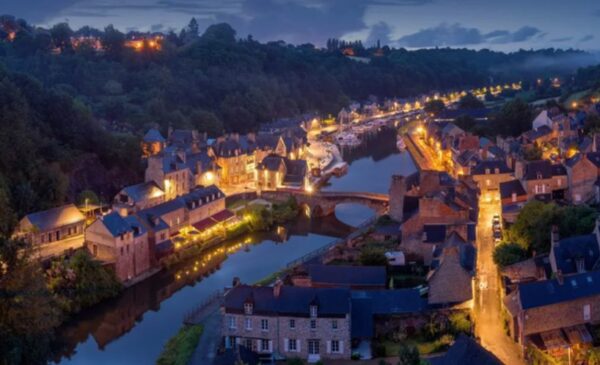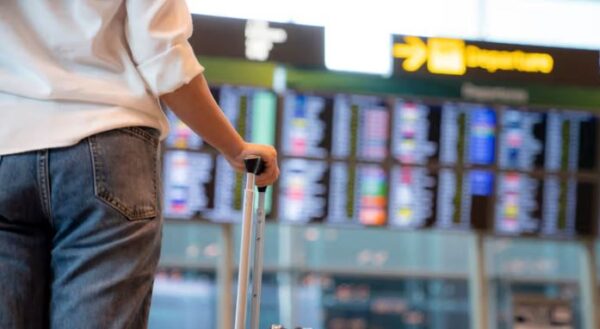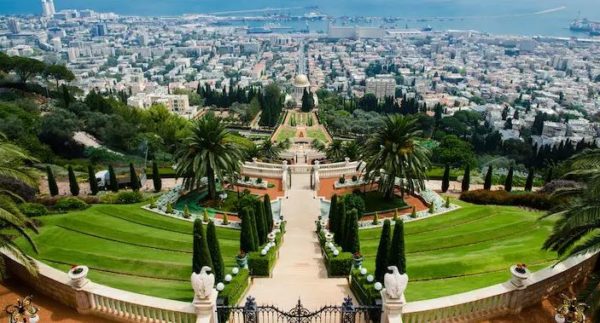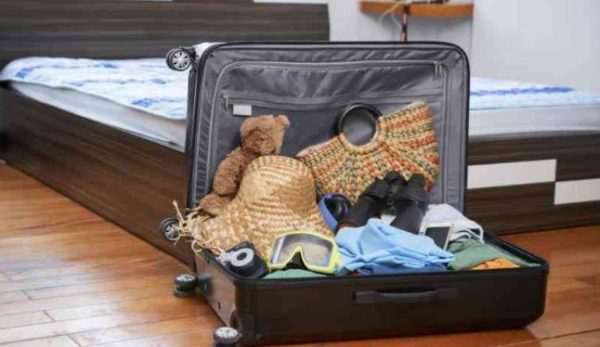Lifestyle
How to capture the best travel pictures with your smartphone
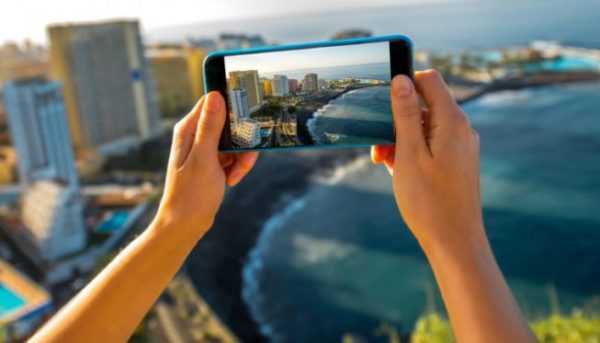
Not many travellers are clued up when it comes to snapping travel shots, resuling in hazy, low resolution and barely Instagrammable images. With the age of smartphones, anyone can be a photographer if they follow these simple tips:
Elisha Dibakoane, recently named as a photographers to follow by Shutterstock, shares his tips:
1. Location
Dibakoane recommends a good location as a backdrop for your picture.
“ In as much as you are gushing with excitement to be at that dream holiday location, allow yourself a little bit of patience to capture the moment at the right place,” he said.
” Try to take at least 3 pictures and different angles of the same location – having more options for a picture increases your chances of a good shot. Social media will be a good place to start to see what other photographs have already been taken and will help you discover your own unique shots”.
2. Composition
Compositing the right frame is important, advises Dibakoane.
“ Frame the shot in a way that it depicts an emotion and tells your travel story. Take your time to compose your frame and try not to center your subject. Rather put the subjects on either the right or the left side, or in the front, if they are the focus. However, there are exceptions to this rule. When taking a taking a group shot, one is allowed to center their subjects”.
3. Landscape vs portrait orientation
Pictures can either be taken in landscape or portrait orientation.
“ Landscape is generally good for nature, group shots, me-against nature, me-in-the-city or generally to show a wide perspective while the portrait is great to photograph tall building, monuments or selfies,” he said.
4. Automatic vs manual camera mode
If you don’t want to worry much about the mechanical aspects on how the camera works , then keep your camera on automatic mode. This will allow you to stop, shoot and go depending on how much light (exposure) is available.
For travellers who want to take their camera skills to the next level, Dibakoane recommends these settings:
5. ISO:
Keep your camera ISO to the lowest ISO value that’s supported by your phone, mostly 100 or 200. This will help to reduce noise or grain on your picture.
6. Aperture:
If you are shooting nature or buildings at wide angles then keep your aperture or F-stop between F4-F7. This will get you sharp images and thus less distortion on your images.
7. Shutter Speed:
On a good sunny day try to shoot at 1/500 of a second, however try to use whichever shutter speed that works depending on the amount of light available.
8. Exposure:
As a general rule keep your ISO on the lowest base and only play around with the aperture and shutter speed to get the correct exposure or light.
9. Editing and posting your photograph:
Travellers can choose to post their shots as it is or use apps to enhance it
“ If you choose to use apps also try some of their cool filters. Once you happy, let the world see your artwork,” he said.


